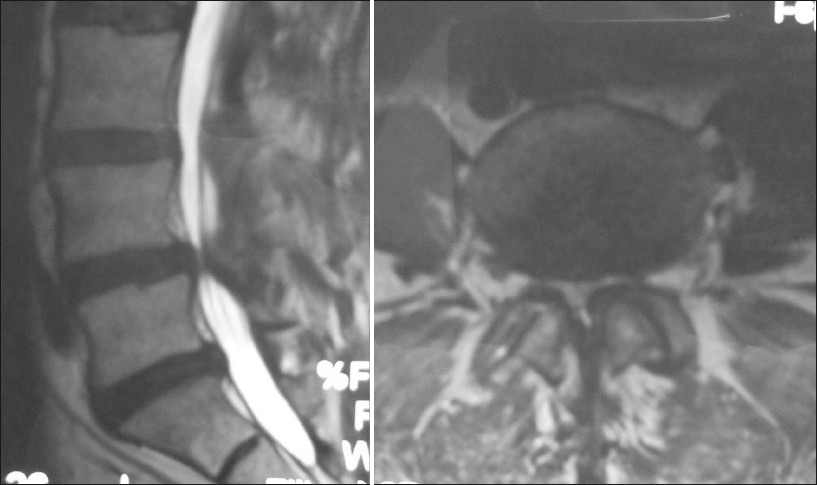In few cases surgery is required to treat progressive neurological symptoms e.g. leg weakness, inability to walk even a small distance, pain at rest and in the presence of RED FLAG SIGNS.
Although there are various reasons that can cause spinal stenosis but most of the spine specialists have agreed upon the herniated spine discs being the most common cause. Some of the most common causes of the lumbar canal stenosis are:
As noted by the most of the physicians bulging of the lumbar discs is the most observed cause for the lumbar spinal stenosis.
Hernia of the spinal disc resulting in the pressure being exerted over the nerves running towards the lower back of a human body can cause chronic back pain in an individual thus resulting in Lumbar canal stenosis.
Facet joint arthritis is one of the main causes of spinal stenosis. In combination with herniated discs, it leads to the drastic decrease of space covering the spinal cord thereby causing severe pain and numbness in the lower parts of the body.
In combination with above causes, hypertrophy (Degenerative) of the ligaments e.g. Ligamentum flavum, posterior longitudinal ligament can give rise to additional pressure on the spinal cord.
Irregularity in the structure of the vertebrae can also give rise to this agonising condition. Structural irregularity in the spine arises due excessive curvature in any two sides of the vertebrae.
Another condition that arises due to old age is Osteoporosis. This condition results in the fracture in the vertebrae hence causing agitating pain in the lower back of the body. vertebral fracture with retropulsion can cause spinal canal stenosis. This can be prevented if early intervention is done with vertebroplasty or kyphoplasty.
There are some rare causes too namely cancer or infection in the spinal cord which can give rise to tremendous pain.
The main symptom of lumbar canal stenosis is severe pain in the lower back. Many patients also witness numbness or weakness in the lower back and the legs with the agonising pain. The pain is severe after walking few feet to few meters. This is called Claudication pain. If the pain in the lower back does not recede with the passage of time then it is generally termed as chronic pain (>3 months). The pain due to the spinal canal stenosis merely lasts for three to four months and can easily be subsided with proper spinal stenosis treatment. Normally the lumbar canal stenosis treatment is home-based and simple but if the pain does not subside even after a long time of proper treatment then doctors may consider pain management injections and if that fails surgery as the ultimate mean of the spine pain treatment procedure.
The procedures included in the lumbar canal stenosis treatment are generally home-based and the pain can easily be subsided with proper body rest, exercises and medicines. Drastic measures are not easily taken by the spine specialists during the spinal stenosis treatment. If the pain does not recede even after three months of spine pain treatment then doctors may consider epidural steroid injection therapy for treating the worsened condition. Many times it is combined with facet joint injection or Radiofrequency ablation of the medial branches. Surgical methods are required in less then 3-5% of patients while treating the spinal stenosis and it is kept as the weapon of last resort.






